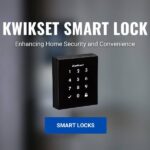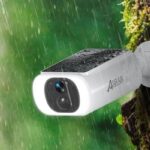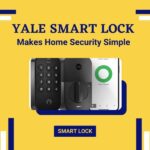How to Choose the Right Smart Security Camera: A Complete Buying Guide
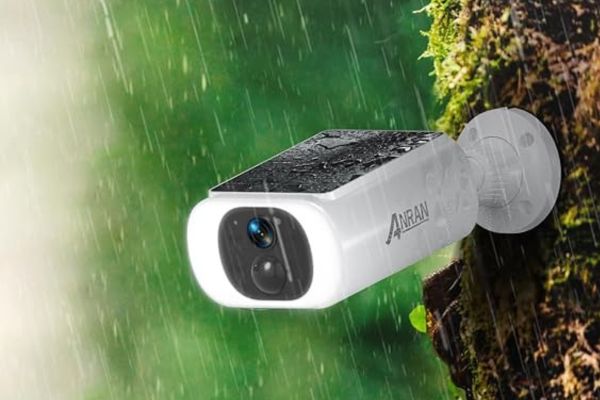
Smart home technology has changed the way we protect and monitor our homes and at the heart of this movement are smart security cameras. Once considered a luxury, they’ve now become an essential part of modern home security. Whether you live in a small apartment or a large house, having a smart camera adds an extra layer of protection by keeping you connected to your home in real time.
But here’s the challenge: with so many brands and models on the market, each claiming to be “the best,” it’s easy to get overwhelmed. Some cameras focus on high resolution, others on smart AI features, while many hide important functions behind subscriptions. Questions like “Should I choose a 2K or 4K camera?”, “Do I need wired or wireless?”, or “How safe is cloud storage?” often leave buyers confused.
That’s why we’ve created this smart security camera buying guide to cut through the noise and help you make a confident decision. In this article, we’ll walk you through the most important features to look for, discuss privacy and storage options, compare wired vs wireless setups, and provide a simple checklist before you buy. By the end, you’ll know exactly how to choose the right smart security camera for your home, your lifestyle, and your budget.
Why Smart Security Cameras Matter
Smart security cameras aren’t just about recording what happens around your home—they’re about creating a safer, smarter, and more connected living space. Here’s why they matter so much today:
1. Peace of Mind & Deterrence
Simply having a camera visible on your property can deter potential intruders. For homeowners, knowing you can check your home anytime through an app provides priceless peace of mind. Whether you’re at work, traveling, or just relaxing upstairs, you stay connected and in control.
2. Real Time Alerts & Faster Response
Unlike traditional CCTV systems that only record, smart cameras send instant notifications to your phone when motion is detected. Some models can even distinguish between people, pets, and vehicles, so you’ll only be alerted when it really matters. This means you can take action right away turn on lights, sound an alarm, or call authorities.
3. Integration with Other Smart Devices
Smart security cameras can seamlessly connect with the rest of your smart home. Imagine this: when motion is detected in your driveway, your smart lights turn on automatically, or your smart lock activates. This kind of integration turns your home into a proactive security system instead of a reactive one.
4. Flexible Options for Every Home
There’s no one size fits all camera. Some people only need a small indoor camera to monitor kids or pets, while others require durable outdoor weatherproof cameras to secure driveways and gardens. With options like wired for stability, wireless for flexibility, or battery-powered for easy installation, you can pick exactly what suits your lifestyle.
5. Evidence & Documentation
In case of incidents such as package theft, break-ins, or accidents, having high-quality video footage can be crucial evidence. With 2K or 4K smart cameras, details like faces, license plates, and clothing become clear, which helps both law enforcement and insurance claims.
6. Long-Term Value & Convenience
Many cameras now offer cloud or local storage, AI powered detection, and even two way audio. These features not only enhance security but also add daily convenience for example, speaking to delivery drivers or checking in on family members. In short, a smart security camera is more than a safety tool; it’s a versatile device that adapts to everyday life.
Key Features to Look For
Resolution & Video Quality (HD, 2K, 4K)
1080p HD is good enough for most homes, but 2K and 4K provide sharper detail for identifying faces or license plates. Keep in mind: higher resolution requires more bandwidth and storage.
Night Vision & Low Light Performance
Choose a camera with infrared LEDs or spotlights to see clearly in darkness. A wide aperture lens also improves low-light performance.
Motion Detection & Alerts
Motion detection saves storage space and keeps you informed in real time. Look for AI features like human or vehicle detection to reduce false alarms.
Field of View (Wide-Angle vs Narrow)
Wide angle lenses (120°-160°) cover large areas like driveways, while narrower fields are better for doors or hallways. Balance coverage with detail clarity.
Indoor vs Outdoor Use (Weatherproofing)
Outdoor cameras must be weather-resistant (check IP65+ rating). Indoor models focus on design and compactness to blend with your décor.
Wired vs Wireless vs Battery-Powered
| Type | Pros | Cons |
| Wired (PoE/DC) | Reliable power & signal, no recharging | Installation harder, cable needed |
| Wireless (Wi-Fi) | Flexible placement, easy setup | Wi-Fi interference, needs power source |
| Battery/Solar | Truly wire-free, portable | Needs recharging/replacement |
Storage & Privacy Concerns
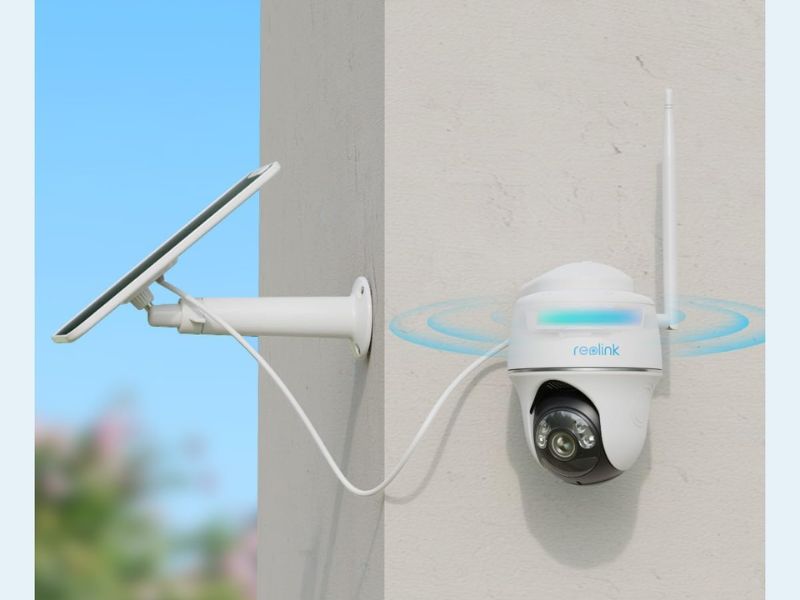
Cloud Storage vs Local Storage
- Cloud: Accessible anywhere, protected even if the device is stolen. But it usually comes with subscription fees.
- Local (SD card/NVR): No monthly fees, total control of data. But if the device is stolen or damaged, footage may be lost.
Subscription Costs & Hidden Fees
Check if key features (like AI motion detection or extended video history) require paid plans. Calculate long-term costs before committing.
Data Encryption & Privacy Features
Look for end-to-end encryption, two-factor authentication (2FA), and privacy zones to protect sensitive areas.
Smart Features & Compatibility
- Works with voice assistants (Alexa, Google Assistant, Siri/HomeKit).
- Integrates with smart locks, lights, or alarm systems for automation.
- Advanced AI features: person recognition, pet detection, two-way talk, or built-in sirens.
Budget & Value for Money
- Entry-level cameras: Affordable, great for basic indoor use.
- Premium models: Better resolution, AI, wide coverage ideal for outdoor or critical areas.
- When to invest more: Protecting main entrances, garages, or places with higher security risks.
Final Checklist Before You Buy
- Make sure the resolution and video quality match your needs.
- Check whether the camera offers clear night vision and reliable motion alerts.
- If it’s going outdoors, confirm the weatherproof rating.
- Decide on your preferred power option wired, wireless, or battery.
- Compare cloud vs local storage and consider long term costs.
- Look for strong privacy features like encryption, 2FA, and custom zones.
- Ensure it integrates smoothly with your smart home ecosystem.
Recommended Video Guide
For a clear comparison between wired, wireless, and battery-powered smart cameras, check this YouTube guide:
FAQ: Smart Security Cameras
Conclusion
Choosing the right smart security camera goes beyond just picking the most popular model on the shelf. The right decision depends on your unique needs: where you’ll place the camera, how much detail you need in the footage, whether you prefer cloud or local storage, and how important privacy and smart integrations are to you.
A 1080p indoor camera may be enough if you just want to check in on pets or family while away. But if you need outdoor monitoring, investing in a weatherproof 2K or 4K camera with strong night vision will provide more peace of mind. And if you’re building a connected smart home, make sure your camera integrates with voice assistants, smart locks, or alarm systems to create a seamless security setup.
Here’s the bottom line:
- Focus on features that truly matter resolution, night vision, motion alerts, and storage.
- Don’t forget about privacy and security, especially if you’re using cloud storage.
- Consider total cost of ownership (subscription fees, battery replacements, or installation costs).
- Always match the camera type indoor, outdoor, wired, wireless to your specific home environment.
By taking these steps, you won’t just buy a camera you’ll invest in peace of mind, safety, and smarter living.
👉 Ready to explore real product options? Check out our companion guide: Solar Wireless Security Cameras That Keep Safe Your Home

